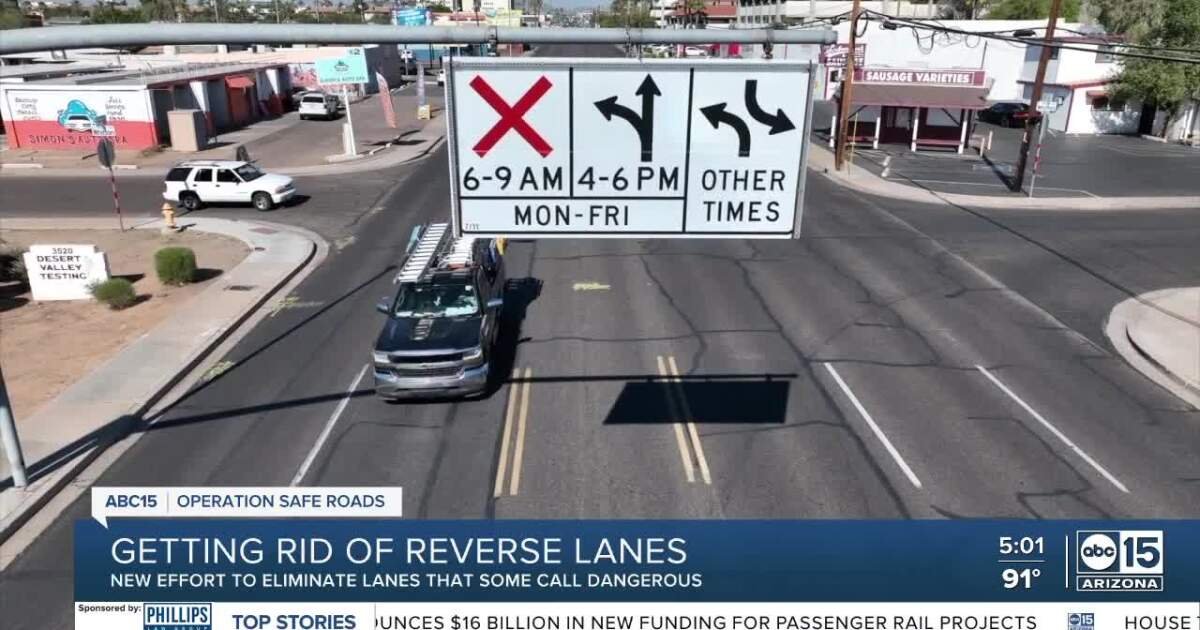The Design That’s Failing Phoenix—One Crash at a Time
A screenshot of a news clip about the dangerous “7s".”
In Phoenix, a group of residents is taking a closer look at major city streets—7th Avenue and 7th Street— and asking: why do crashes keep happening here?
Through a grassroots initiative called Safer 7s, the group Strong Towns Phoenix is analyzing nearly two decades of crash data on the city’s twin arterials, where reversible lanes are meant to speed up traffic but may be contributing to something else: a steady, predictable pattern of collisions.
The group’s findings are stark. These corridors have seen one extra crash per day over the past 20 years—adding up to more than $300 million in damages. And while collisions involving people walking or biking make up only 1% of total incidents, they account for 80% of deaths. The carnage isn’t evenly distributed. The worst hotspots line up with dense commercial areas: 7th Street between McDowell and Thomas, and 7th Avenue through the Melrose District. These stretches are magnets for people on foot and on bike—yet they’re designed primarily for vehicles, with narrow sidewalks and no bike lanes in sight.
It’s a sobering pattern, but it’s also what makes the project so urgent. Rather than calling for punishment or chasing perfection in human behavior, Safer 7s invites residents and city officials alike to look at the environment itself. The project is modeled in part on the Crash Analysis Studio—a method for examining the conditions that contribute to repeat crashes at specific locations. It encourages questions like: What makes this intersection more dangerous than others? Are the design choices here setting people up to fail?
This approach invites residents and officials to see crashes not as random “accidents,” but as the logical result of specific design decisions. When the same thing happens, over and over, in the same place—it's not a coincidence. It's a signal. Instead of asking “who’s at fault?” it’s worth asking “why does this stretch of road keep producing the same harmful outcomes?”
That message is resonating. A petition to eliminate the reversible lanes has topped 5,000 signatures, and at a recent City Council meeting, residents packed the room for over an hour of public comment. Speaker after speaker called for change, citing daily hazards and long-standing safety concerns.
Still, the Council voted unanimously to commission yet another study—rather than act. “I think we need more data,” said Council Member Debra Stark. Stacey Champion, a leading voice in the movement, didn’t mince words: “The city has sacrificed speed and convenience over safety for long enough.”
If your community is tired of waiting for tragedy to strike again, consider hosting a Crash Analysis Studio. Don’t wait for a news cycle or a grant cycle. Pick a site. Gather what you know. Ask the simple question—and use it to change the system.






